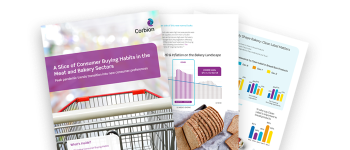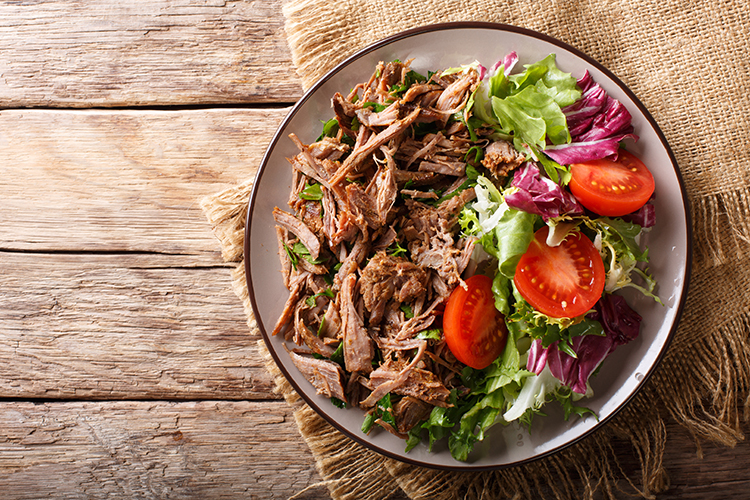Global Food Trends and Insights for 2021 and Beyond
With 2020 almost in the rearview mirror, it’s time to look forward to the second year of the decade.
As restrictions eventually lift and uncertainty abates, will it be the start of a new “Roaring ‘20s” when it comes to the way people enjoy food and how food brands make and market food products? Given recent consumer behaviors and research-based trend projections, it seems clear that consumers will continue to be driven by practical interests health and wellness, transparency, sustainability, food safety and security as well as their desire for adventurous eating experiences and their willingness to buy across more channels.
There are some overarching growth trends in the food industry. Many of these trends reflect a collective move to make the world a better, healthier place, something that extends to the way food is produced and consumed.
Not surprisingly, health and wellness remains a macro trend with implications in the food industry and, specifically, the meat and poultry sector. The global emphasis on wellness encompasses healthy living, immunity, longevity, functional focus, protein-explored, nutritional values, fortification and general mental wellness. In this climate, personalized nutrition has emerged as a priority.
Another trend that began before 2020 but has been exacerbated by world and national events is the embrace of ethical and responsible consumerism. An increasingly aware and engaged consumer base is seeking local, ethical, personalized, real and better-for-you products that are natural and often artisanal. Trust and transparency are hallmarks of this form of consumerism.
A subset of responsible consumerism is the growing eco-consciousness that extends to the way foods are grown and produced. A “sustain domain” and greening alternatives are key macro trends in this consciousness. Environmentally sustainable food systems and processes comprise this sustain domain, with demand for better traceability throughout the supply chain as well as a shared effort toward greater food access, food security and alternative food sources within circular economy. The push to reduce food wastes fall under this macro trend, too, with consumers, restaurants, retailers and others in the food chain making efforts to cut down on waste that is costly in both natural and economic resources. Similarly, greening alternatives will continue to take root as consumers strive to understand products’ origins and reap the benefits of plant-based and greener products that come from the earth.
As they push for greater transparency and traceability in the supply chain and take lessons from the global pandemic, consumers and food manufacturers alike will continue to prioritize food safety and security. Safeguarding the natural preservation of food products and meeting requirements for naturally derived, safer products with a longer shelf life will be expected.
|
Broader Horizons
In addition to the fundamental and essentially serious trends, the new year will also usher in a time of expansion across different levels of the consumer marketplace.
For one thing, expect consumers around the world to continue to make changes in their lifestyles and day-to-day activities, keeping their long-term goals in mind. This push to experience more will spur a higher demand for fast, convenient, new and diverse product offerings. This is a dynamic time for new product development.
The experiential behavior extends to the flavor adventure consumers are taking. The desire for something different will drive innovations in ingredients that deliver flavor experiences that are often multisensory and increasingly personalized. Many of these new ideas and tastes will be supported by storytelling, as consumers want to know more about what they are eating and drinking.
While they broaden their experiences and their palates, consumers are channel shifting. Digital and modern conveniences across multiple outlets and channels — both online and offline — are allowing people to shop small and large retailers. Consumers, from millennials to baby boomers, are shopping across channels for discovery, whether it’s to find value, reduce interactions or to try products from local producers. Fluctuations in shopping frequencies will be another trend moving forward.
These macro trends — often interconnected in some way — will impact product development and formulations in 2021 and beyond. Packaging technologies will be affected as well, given the ongoing shift to more sustainable package materials and formats and the dramatic rise of online grocery shopping. As always, the consumer will drive changes in the ever-evolving marketplace.
With these high-level, broad-spectrum trends in mind, The Cut will explore application capabilities and tools throughout 2021 to help meat and poultry processors meet consumer demands in a changing environment.
|


